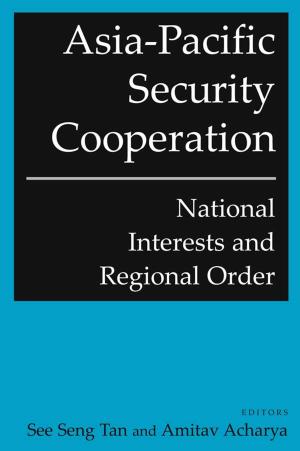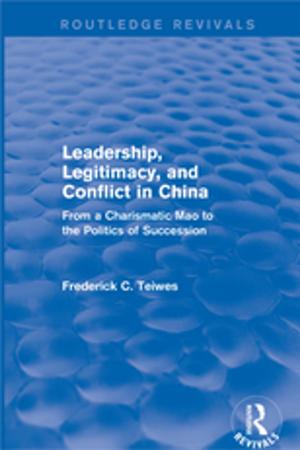Ageing Matters
European Policy Lessons from the East
Nonfiction, Social & Cultural Studies, Social Science, Sociology| Author: | John Doling | ISBN: | 9781351163224 |
| Publisher: | Taylor and Francis | Publication: | January 18, 2018 |
| Imprint: | Routledge | Language: | English |
| Author: | John Doling |
| ISBN: | 9781351163224 |
| Publisher: | Taylor and Francis |
| Publication: | January 18, 2018 |
| Imprint: | Routledge |
| Language: | English |
The implications of population ageing have long concerned politicians, policy makers and governmental and non-governmental organizations in the welfare states of Europe. However, an ageing workforce is increasingly a matter of concern for the developed and fast-developing countries of Asia. Japan leads the field in this respect on account of the speed of its postwar economic development. But the little tigers of Hong Kong, Singapore, South Korea and Taiwan are poised to catch up, and Malaysia, though in the second tier of developing Asian economics, faces the prospect of population ageing sufficient to daunt an as yet under-prepared infrastructure for old age support. This book is the first to examine in detail the experiences and prospects of population ageing in those Asian countries with the highest GDP per capita. The authors pose the question to what extent Asia and 'old Europe' can learn from each other in terms of policy planning. The first section of the book sets out the field in terms of the demographic characteristics and policy predicaments of European and Asian countries. The second section presents case-studies of six countries: Japan, Hong Kong, Singapore, South Korea, Taiwan and Malaysia.
The implications of population ageing have long concerned politicians, policy makers and governmental and non-governmental organizations in the welfare states of Europe. However, an ageing workforce is increasingly a matter of concern for the developed and fast-developing countries of Asia. Japan leads the field in this respect on account of the speed of its postwar economic development. But the little tigers of Hong Kong, Singapore, South Korea and Taiwan are poised to catch up, and Malaysia, though in the second tier of developing Asian economics, faces the prospect of population ageing sufficient to daunt an as yet under-prepared infrastructure for old age support. This book is the first to examine in detail the experiences and prospects of population ageing in those Asian countries with the highest GDP per capita. The authors pose the question to what extent Asia and 'old Europe' can learn from each other in terms of policy planning. The first section of the book sets out the field in terms of the demographic characteristics and policy predicaments of European and Asian countries. The second section presents case-studies of six countries: Japan, Hong Kong, Singapore, South Korea, Taiwan and Malaysia.















